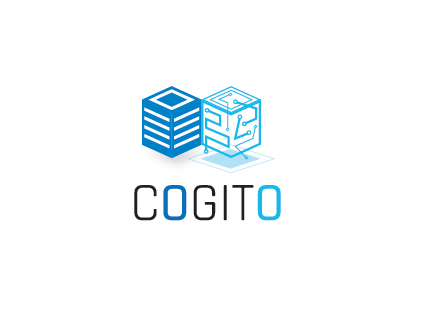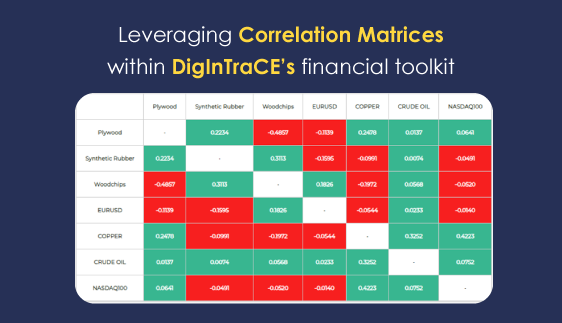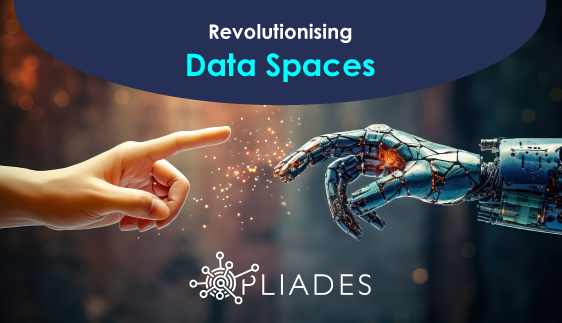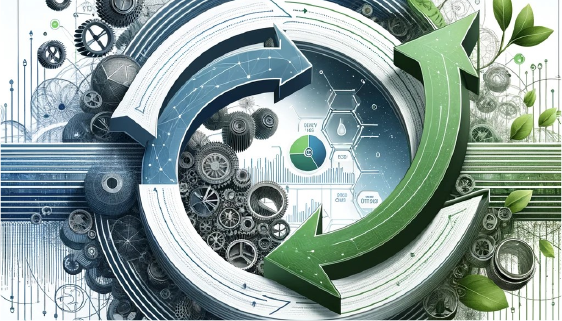HYPERTECH Energy Labs have been awarded a new R&D contract from the European Commission (Project: COGITO: COnstruction-phase diGItal Twin mOdel). COGITO aims to materialise the digitalisation benefits for the construction industry by harmonising Digital Twins with the Building Information Model and building a digital Construction 4.0 tool-box to unleash the untapped potential in productivity improvement and increased safety.
Hypertech Energy Labs holds the role of project coordinator of an international consortium of renowned academic and industrial partners involving University College London and The University of Edinburgh (UK), Aarhus Universitet (Denmark), Ethniko Kentro Erevnas kai Technologikis Anaptyxis, QUE Technologies Kefalaiouchiki Etaireia and Olympia Odos Concession Company SA for the Motorway Elefsina-Korinthos-Patra-Pyrgos-TS (Greece), Universidad Politechnica de Madrid and Ferroval Agroman SA (Spain), BOC Asset Management GMBH and Phomberg Sersa Rail Holding GMBH (Austria), Novitech AS (Slovakia), ASM Centrum Badan i Analiz Rynku SP. Z O. O. (Poland)
HYPERTECH will also lead WPs on quality assurance, data management, system architecture, IoT data pre-processing module, data transformation for 3D BIM rendering and Construction of digital Twin 3D Visualizations module.
COGITO is a project co-funded by the European Commission under the H2020 Programme/ Topic LC-EEB-08-2020- Digital Building Twins (RIA). The project will officially be launched on Noverber 1st 2020, its duration is 36 months and it has a total budget of €5.9M.
COGITO considers the construction phase embedded and a part of the construction project design and lifecycle thread, rather than in isolation. In that way, upstream information like the as designed model is employed as input. The as-build model evolves getting updated regularly (e.g. daily) as part of the construction progress to become the as-is model in post-construction and after handover and closeout. In that sense, in addition to the value brought to stakeholders from the various applications, it also conceptually and practically contributes to bridging the lifecycle interoperability gap. This is particularly important from an outcomes-based perspective, as it does not only contribute to construction-level efficiencies and impact, but ultimately ensures high quality of the built asset, which is linked to increased value and lower risks for all stakeholders involved.
Such a model allows: (a) construction stakeholders to have live access to information about the state of the construction site provided by real-time monitoring of worker, equipment, tool and material monitoring (aligned with the lean construction principles); (b) evolution of the BIM model as the process evolves to mirror the as-build status through input from a multitude of reality capture tools; (c) automated and real-time geometric tolerance compliance checking (using data acquired by robotic systems, like drones) with communication to stakeholders (including Building Control authorities); (d) on-the-field guidance to construction workers – through wearable device applications – and real-time asset monitoring for real-time safety management; (f) more efficient planning and scheduling of construction steps with optimal resource (human, material, equipment, etc.) allocation including realtime readjustment to counter contingencies or actual discrepancies between plans and construction, (g) documenting and evolving the digital infrastructure of the construction project and create functional tests to ensure proper installation and programming.
COGITO relies on a number of key components in order to achieve its objectives:
- The Digital Twin platform will be the core of the entire toolchain, supporting both the necessary information management as well as the semantic (and pragmatic) alignment with the COGITO supporting services and data pre-processing modules, while enabling interoperability with existing and emerging standards and data formats covering numerous domains
- Reality capture tools will collect all the necessary data regarding the status and conditions of the construction site – via imaging, laser scanning, localization (e.g. Global Navigation Satellite System (GNSS) and other sensor networks) - and will integrate this data into the digital twin platform. Data will flow continuously from these tools to the platform, reflecting the actual state and progress/evolution of the construction site. Raw data captured by reality capture tools will be processed and analysed by innovative modules to populate data requested for construction supporting services following standardized data schemas.
- Multi-source Data Stream Pre-Processing modules will be fed with the above data to generate data (compatible with relevant existing or to be proposed standards) requested for real-time people/object detection and recognition. They rely on data fusion combined with Artificial Intelligence (AI) data processing algorithms. They will manage and semantically annotate big data streams to analyse complex data (such as images from diverse sources, e.g. smartphone/AR glasses, drones, satellite images) in order to retrieve the necessary information about the actual status of the construction site and resources/ workers involved.






